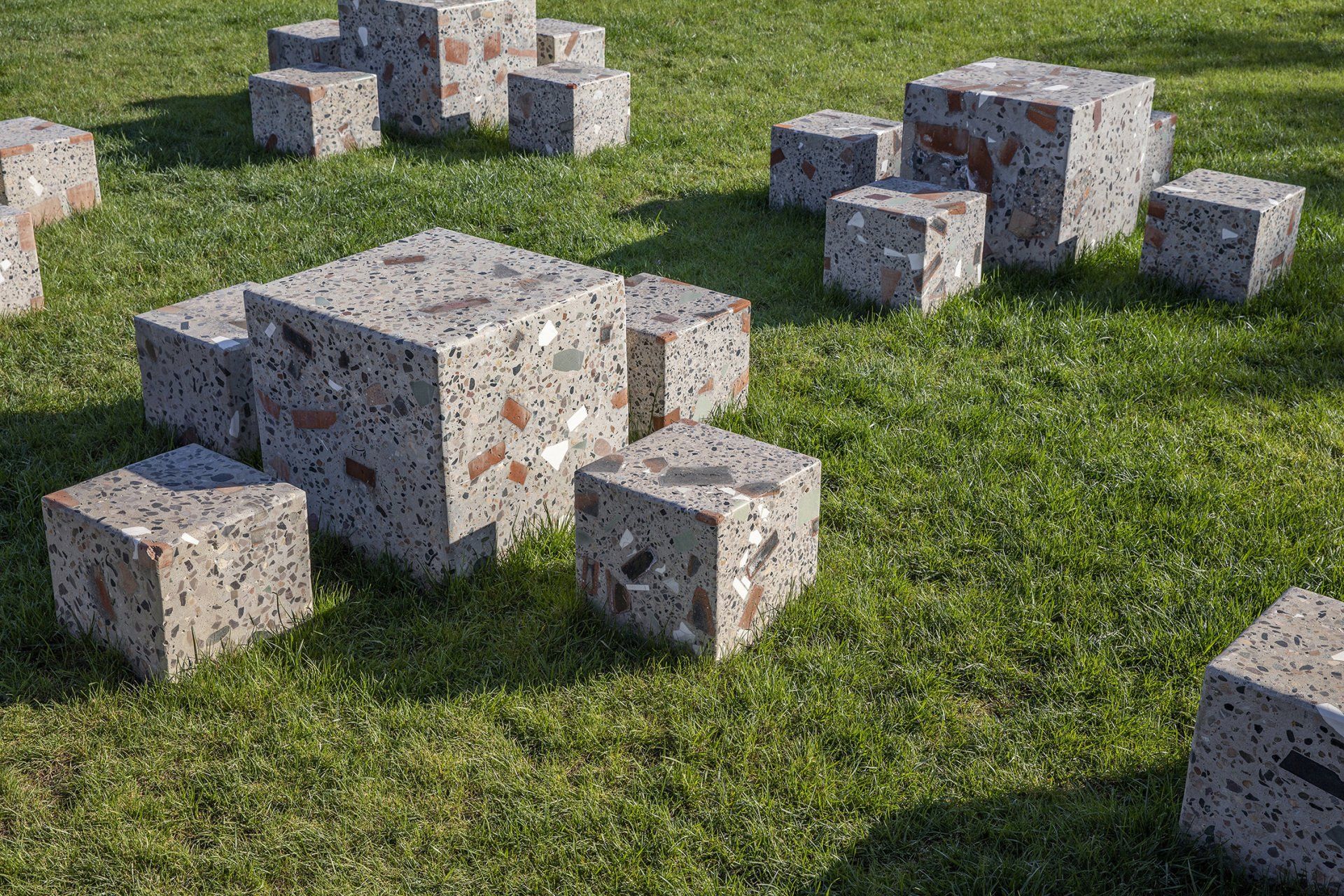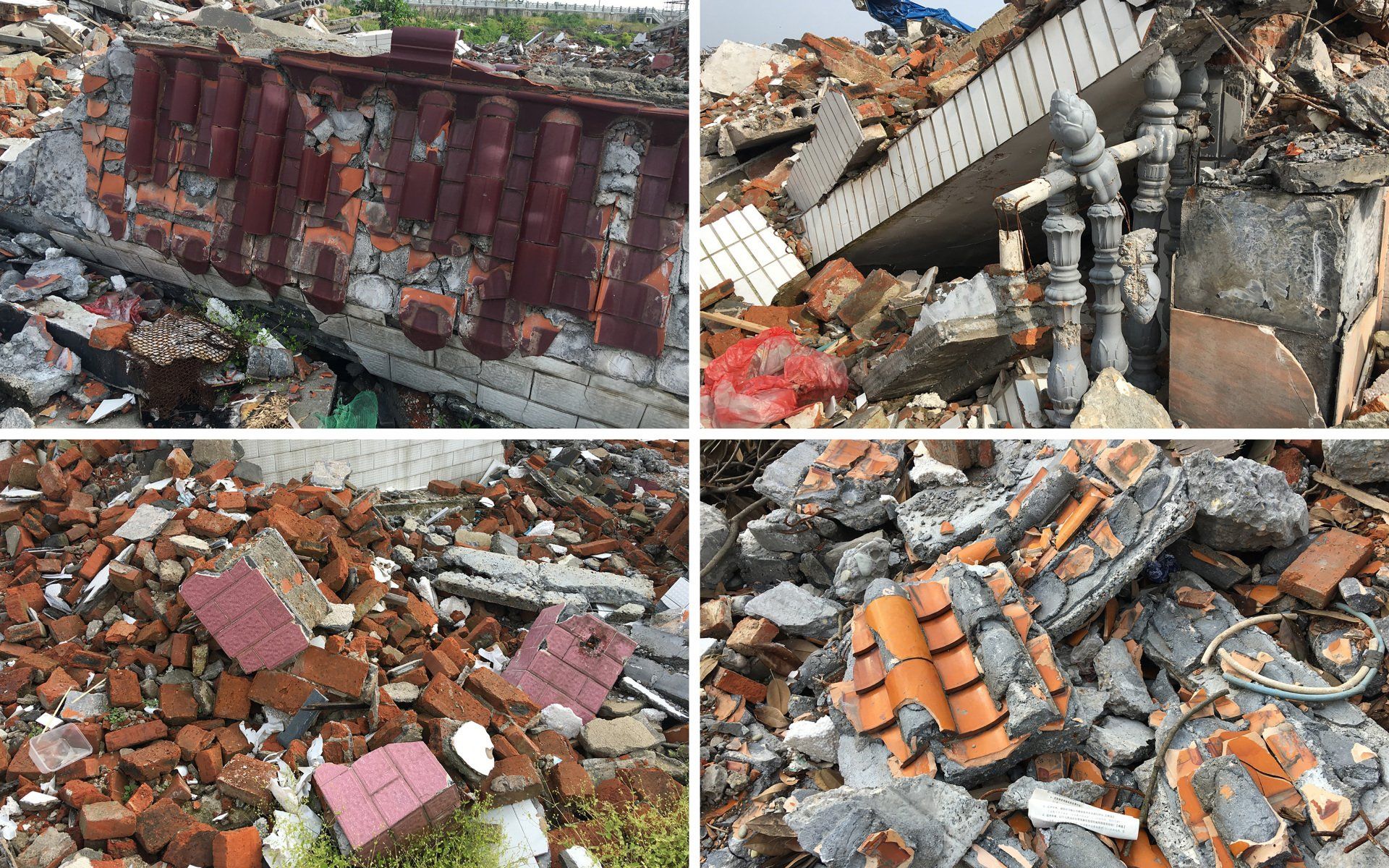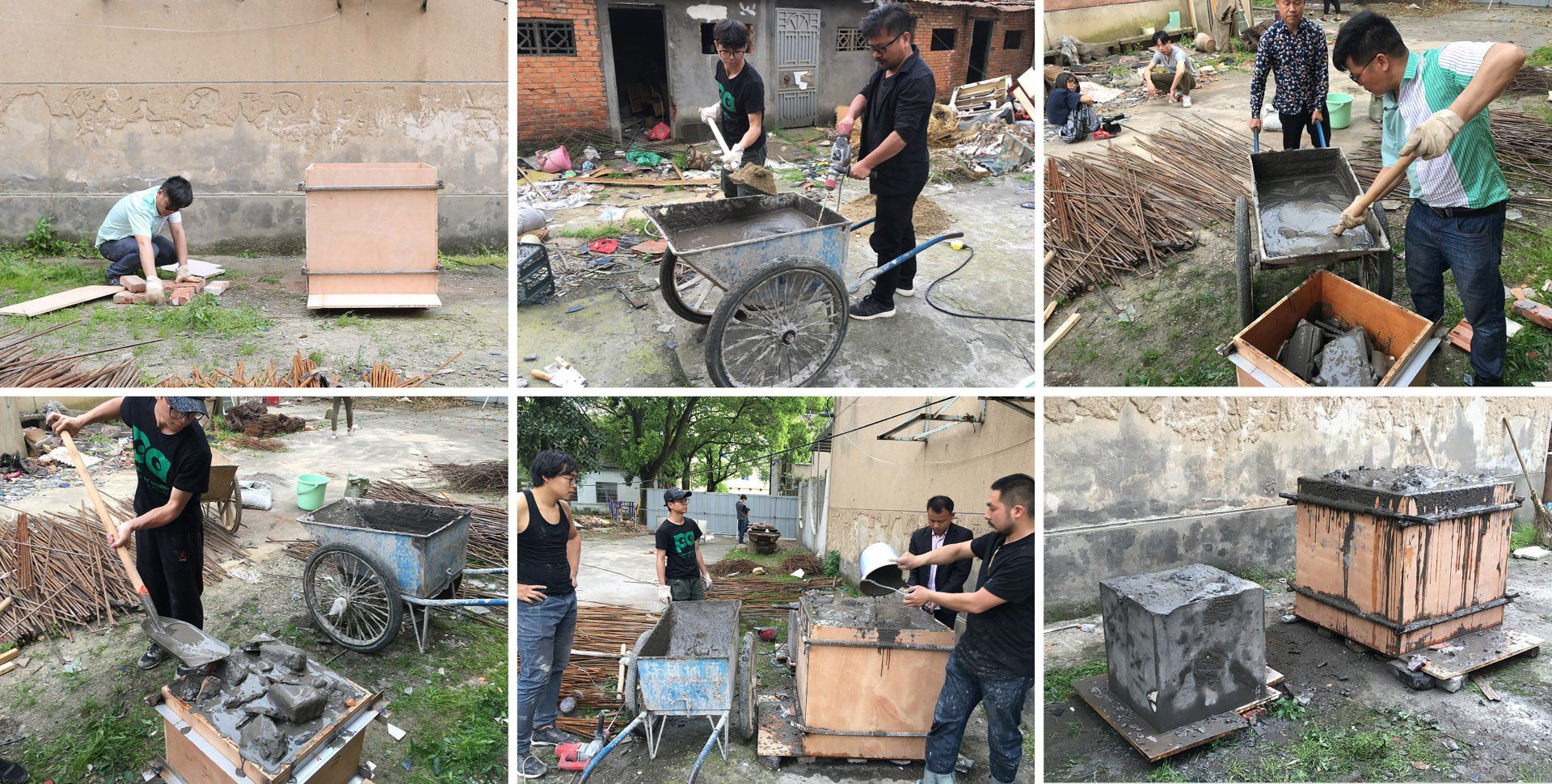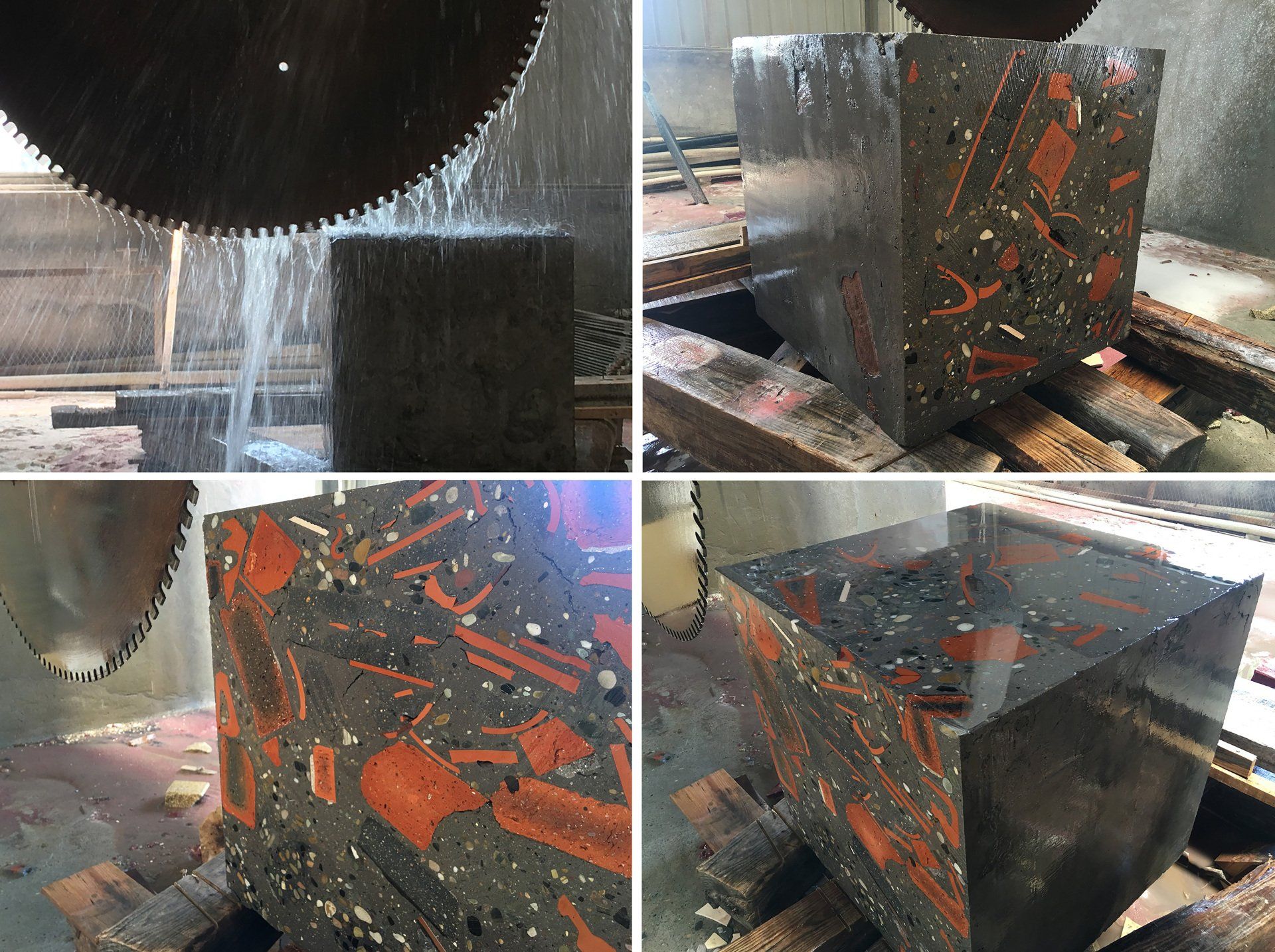胡泉纯
Hu Quanchun

艺术家简介 Biography
1977年7月出生于湖南岳阳;1999年6月,毕业于湖南师范大学美术学院油画系;2006年6月,毕业于中央美术学院建筑学院获硕士学位;2006年8月至今,任教于中央美术学院雕塑系公共艺术工作室(工作室主任/副教授)。
2012年至今在中国成都、云南、贵州、湖南、河南、重庆、湖北等地完成公共艺术创作近20项。曾参加蔓延—艺术植根乡土(生长力——上海华侨城十年公共艺术计划·2019)、“开放的边界”——第14届巴西库里蒂巴国际当代艺术双年展·中国馆(2019.9)、第15 届澳洲珀斯科特茨落海岸雕塑展(2019.3)、“不同”——2018 中国大同雕塑双年展、第22 届悉尼邦迪海岸雕塑大展(2018.10)等国内外展览。
[ESP]
Hu Quanchun nació en julio de 1977 en Yueyang, provincia de Hunan (China). Se licenció en el Departamento de Pintura al Óleo de la Academia de Bellas Artes de la Universidad Normal de Hunan en junio de 1999. Se graduó en la Escuela de Arquitectura de la Academia Central de Bellas Artes con un máster en junio de 2006. Desde agosto de 2006 enseña en el Estudio de Arte Público (Director de Estudio/Profesor Asociado) del Departamento de Escultura de la Academia Central de Bellas Artes.
Desde 2012, ha realizado casi 20 creaciones de arte público en Chengdu, Yunnan, Guizhou, Hunan, Henan, Chongqing y Hubei, China. Ha participado en Spreading-Art Rooted in the Countryside (Growing Power - Shanghai OCT Ten-Year Public Art Program-2019), "Open Borders"-14ª Bienal Internacional de Arte Contemporáneo Curitiba, Brasil-Pabellón de China (2019.9), The 15th Percotts Drop Coast Sculpture Exhibition, Australia (2019.3), "Difference"-2018 China Datong Sculpture Biennale, the 22nd Sydney Bondi Coast Sculpture Exhibition (2018.10) y otras exposiciones nacionales e internacionales.
[ENG]
Hu Quanchun was born in July 1977, Yueyang, Hunan Province, China. He graduated with a bachelor's degree from the Department of Oil Painting, the Academy of Fine Arts, Hunan Normal University, in June 1999. In 2006 he received a master's degree from the School of Architecture, the Central Academy of Fine Arts. Since August 2006, he has been teaching at the Public Art Studio (Studio Director/Associate Professor) of the Sculpture Department in the Central Academy of Fine Arts.
Since 2012, Hu Quanchun has completed nearly 20 public art creations in Chengdu, Yunnan, Guizhou, Hunan, Henan, Chongqing, and Hubei, China. He has participated in "Spreading - Art Rooted in the Countryside" (Growing Power - Shanghai OCT Ten Year Public Art Program, 2019), "Open Borders" – the 14th International Biennial of Contemporary Art Curitiba, Brazil-China Pavilion (September 2019), the 15th Percotts Drop Coast Sculpture Exhibition, Australia (March 2019), "Difference" - 2018 China Datong Sculpture Biennale, the 22nd Sydney Bondi Coast Sculpture Exhibition (October 2018) and other national and international exhibitions.
Sequestration
封存

Slide title
Write your caption hereButton

Slide title
Write your caption hereButton
作品名称:封存
创作年份:2017
尺寸:75 x 75 x 75 cm, 45 x 45 x 45 cm
材料:水泥、旧建筑废渣
地点:湖南常德沅水右岸临江棚改区
Título de la obra: Secuestro
Año de realización: 2017
Dimensones: 75×75×75cm,45 ×45×45cm
Materiales: cemento, residuos de construcción antiguos
Ciudad: Changde, Hunan
Title of the work: Sequestration
Year of realization: 2017
Dimensions: 75 x 75 x 75 cm,45 x 45 x 45 cm
Materials: cement, old construction waste
Location: Changde, Hunan
Artwork Concept
创作理念
作品《封存》是与城市升级改造有关的艺术创作。创作地点位于湖南常德沅水右岸的棚户区。正在拆迁的棚户区将会被一座现代化新城覆盖,怎样保存旧城的记忆并为未来新城注入原点记忆,是该系列作品创作的基本出发点。由于拆迁,棚户区到处都是拆迁遗留下来的建筑废墟,但每家每户的建筑废料的表情各不相同,因在自建房屋时,每户人家各自的喜好、品味及当时的经济状态各不相同,因而所采用的建筑材料和装饰手法各不相同。这些建筑废料多少都带有各家各户曾经生活状态的独特印记。《封存》计划希望能将这些“微表情”封存凝固。
.La obra "Sequestration" es una creación artística relacionada con la mejora y la renovación urbana. El lugar de la creación está situado en un barrio de Chabolas en la orilla derecha de Yuanshui, en Changde, provincia de Hunan. El barrio de Chabolas que está siendo demolido para luego construir en ese mismo lugar una nueva y moderna ciudad. Cómo preservar la memoria de la ciudad antigua e introducir la memoria original en la futura ciudad nueva, es el punto de partida básico para la creación de esta serie de obras.
The work "Sequestration" is an artistic creation related to urban upgrading and renovation. The creation site is in a shantytown on the right bank of Yuanshui in Changde, Hunan Province. A modern new city will cover the demolished shantytown. The memory preservation of the old town and integrating the original new memories into the future city is the essential starting point for creating this series of works. Due to the demolition, the shantytown is full of building ruins leftover from the destruction. These architectural scraps bear the unique mark of each family's former living conditions. However, the expression of the building scraps varies from family to family, as each family had different preferences, tastes, and economic status when they built their own houses and therefore used different building materials and decorative techniques. The Sequestration Project hopes to seal and freeze these "micro-expressions".
创作过程 Creation process
Slide title
Write your caption hereButton
Slide title
Write your caption hereButton
Slide title
Write your caption hereButton
Slide title
Write your caption hereButton
Slide title
Write your caption hereButton
Slide title
Write your caption hereButton




